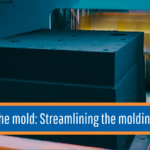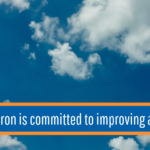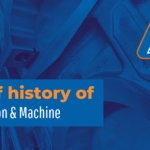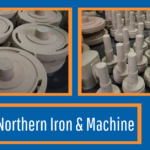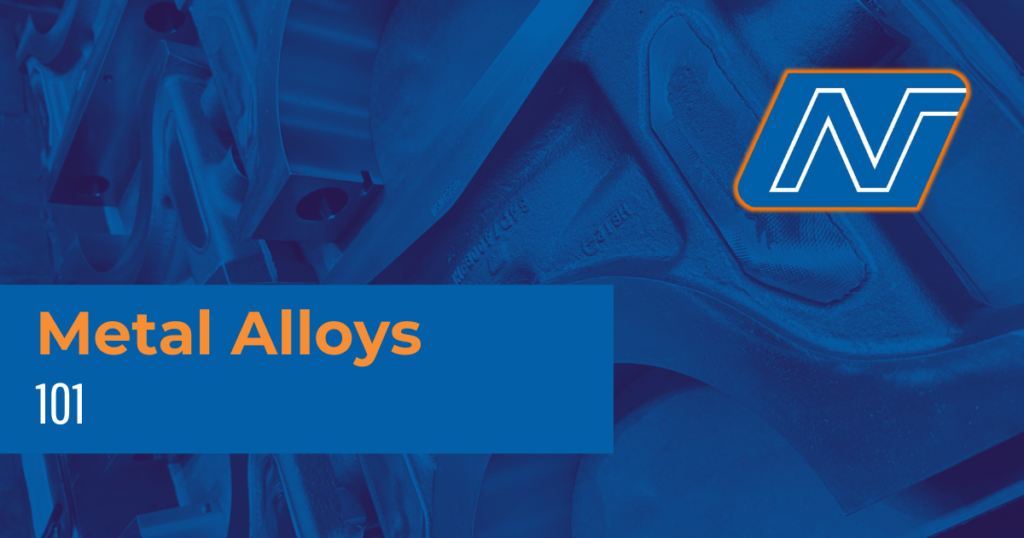
Metal alloys are a fundamental component of modern society and are used in a wide range of applications, from construction to manufacturing. However, not all metal alloys are created equal, and understanding the chemistry behind casting is crucial for creating high-quality and durable products.
One of the key factors that affects the quality of a metal alloy is the composition of the metal itself. Different metals have different properties, such as strength, durability, and resistance to corrosion. By combining different metals in specific ratios, engineers can create alloys that exhibit the desired properties for a given application.
Another important factor to consider when casting metal alloys is the temperature at which the metal is melted and poured. Different metals have different melting points, and the temperature at which an alloy is melted can affect its properties and the quality of the final product.
In addition to the chemical composition and temperature of the metal, there are several other factors that can affect the quality of a cast metal product, including the design of the casting mold, the rate at which the metal is poured, and the cooling process.
In order to create high-quality metal alloy products, it is important to have a thorough understanding of the underlying chemistry and engineering principles involved in the casting process. With the right knowledge and tools, engineers can create alloys that are strong, durable, and perfectly suited to their intended applications.
Moreover, it is also important to consider the environmental impact of casting metal alloys. The production of metal alloys can consume a significant amount of energy and resources, and can also generate harmful pollutants. As such, there is a growing interest in developing more sustainable and eco-friendly methods for casting metal alloys.
One approach that is gaining popularity is the use of recycled metals in the alloy composition. This not only reduces the environmental impact of the casting process, but also helps to conserve natural resources.
In addition, advancements in technology have led to the development of more efficient casting techniques, such as 3D printing and precision casting. These methods not only improve the quality of the final product, but also reduce waste and energy consumption.
Overall, the production of high-quality metal alloys requires a combination of scientific knowledge, engineering expertise, and a commitment to sustainability. By considering these factors, engineers and manufacturers can create durable and eco-friendly metal alloy products that meet the needs of modern society.



